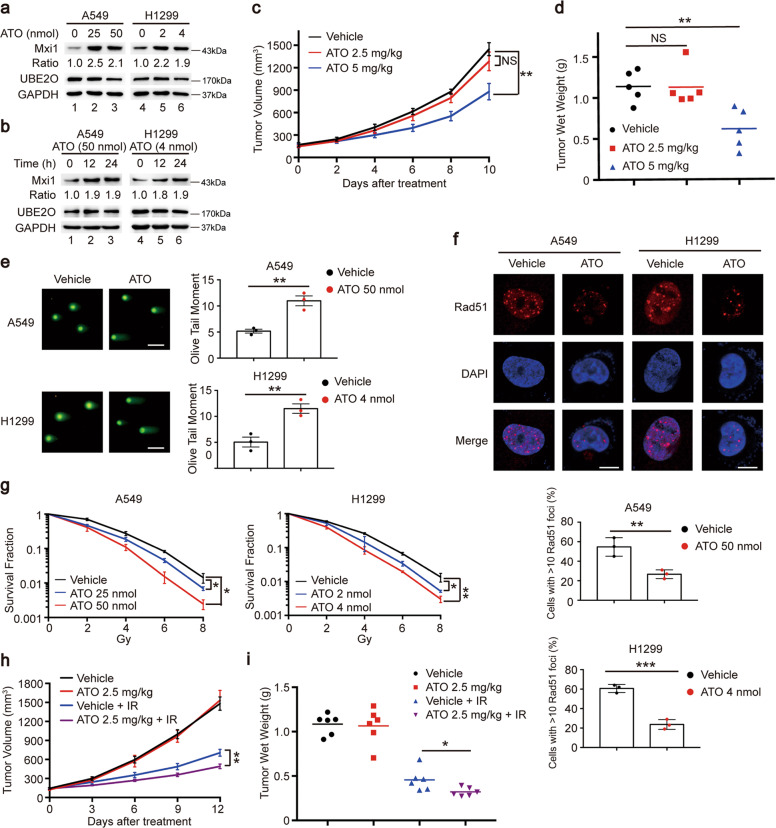Fig. 5. Arsenic trioxide (ATO) impairs tumor growth and radioresistance in lung cancer in vitro and in vivo.
a A549 and H1299 cells were treated with ATO at the indicated concentration for 24 h and then collected for immunoblot analysis (n = 3). b A549 and H1299 cells were treated with ATO for 12 h or 24 h with the indicated concentration. Western blotting was used for analyzing the protein level of Mxi1 (n = 3). c The volume of the xenograft tumors in each group are shown. Nude mice subcutaneously injected with H1299 cells were treated with ATO (Intraperitoneal injection, daily, 2.5 mg/kg or 5 mg/kg) when the tumor volumes reached 130 mm3 (n = 5 mice/group). Data were presented as mean ± SEM. **P < 0.01. d The tumor weights of each group were presented (n = 5 mice/group). **P < 0.01. e Left panel: representative images of comet tail. Scale bar, 50 μm. Right panel: quantification of the olive tail moment was shown (n = 3). **P < 0.01. f Upper panel: representative images of Rad51 foci. Scale bar, 10 μm. Lower panel: the percentage of Rad51 foci-positive cells in each group were shown (n = 3). **P < 0.01, ***P < 0.001. g A549 and H1299 cells treated with ATO at the indicated concentration for 24 h were irradiated at the indicated doses. The survival fraction was calculated after 2 weeks (n = 3). *P < 0.05, **P < 0.01. h Tumor growth curves of each group were shown. Nude mice were subcutaneously injected with H1299 cells and treated with irradiation only, ATO only or ATO plus 10 Gy irradiation (n = 6 mice/group). Data were shown as mean ± SEM. **P < 0.01. i The tumor weights in each group are shown (n = 6 mice/group). *P < 0.05.

